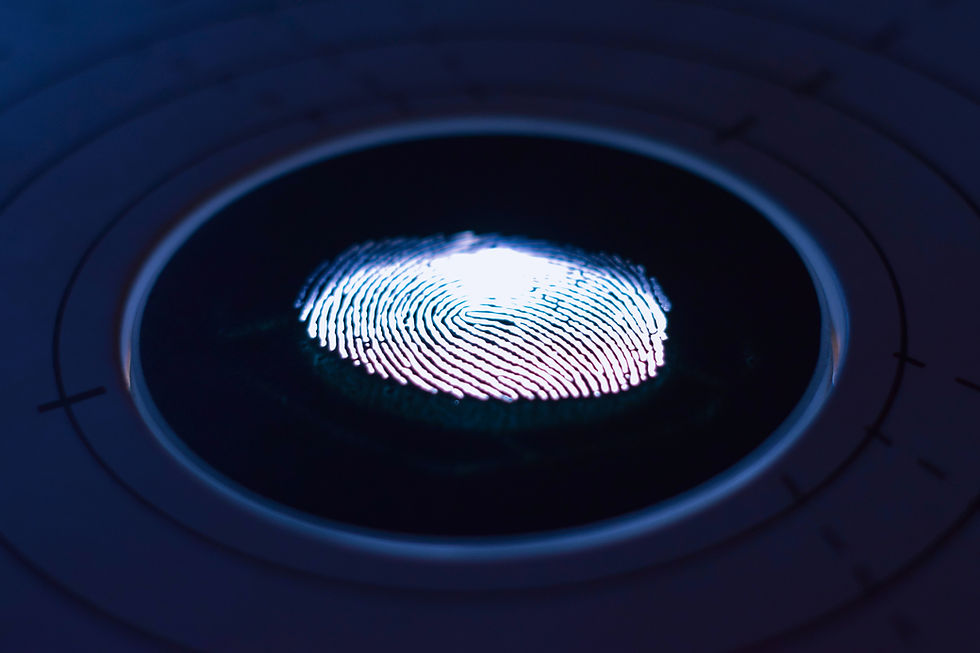How Often Are Fingerprints Repeated in the Population?
- DNAforAFRICA
- Jan 17
- 1 min read
Updated: Jan 18

Rethinking Uniqueness with AI and the Birthday Paradox
The belief in the uniqueness of fingerprints has long been a cornerstone of forensic science and criminal identification. However, recent research by Jackson Gold and Maria Cuellar challenges this foundational assumption, revealing that fingerprint patterns may not be as unique as traditionally thought.
Using artificial intelligence and probabilistic modelling, the study draws on Francis Galton's 1892 argument and the "birthday paradox" to estimate the likelihood of fingerprint repetition in large populations. Their findings suggest a 50% chance of coincidental fingerprint matches within populations of 14 million and near certainty at 40 million. These results question the reliability of fingerprints as foolproof identifiers.
To address this, the researchers propose the Random Overlap Probability (ROP) model, which evaluates the likelihood of fingerprint repetition across specific population sizes. They advocate for a shift toward probabilistic approaches in forensic science to improve the accuracy and fairness of fingerprint-based identifications.
This research underscores the need to rethink fingerprint uniqueness and embrace probabilistic models to enhance the reliability of forensic evidence in the criminal justice system.


Comments